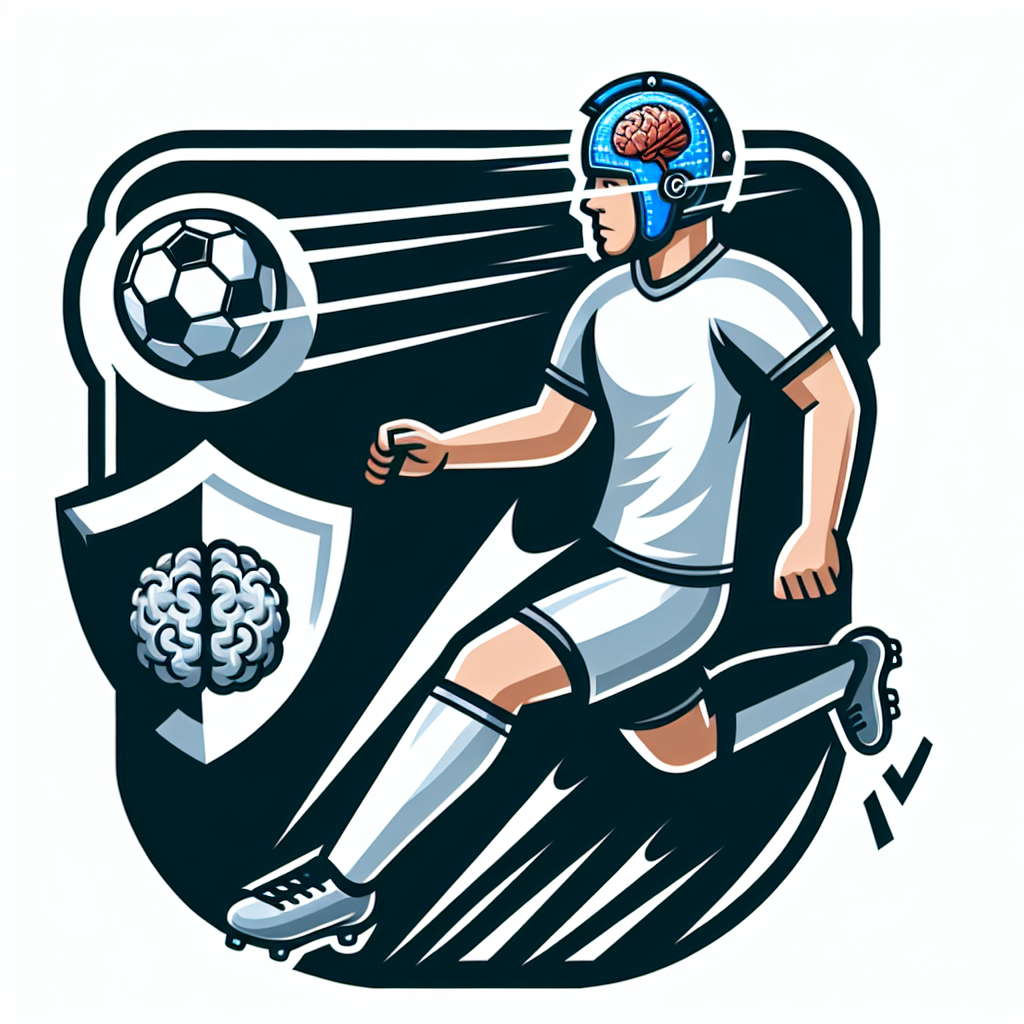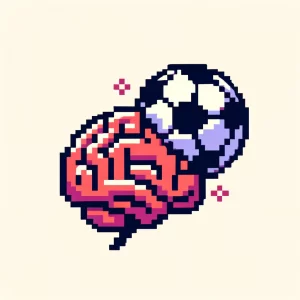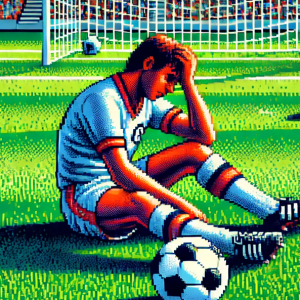
Soccer Heading: Understanding Brain Health Risks and Advances in Player Safety
Soccer, known globally as ‘the beautiful game,’ is not only a battle of skill and tactics but also a realm where science plays a critical role in player health and performance. Recent studies have shed light on the intriguing correlation between soccer heading and brain health, opening up discussions about both potential risks and advances in protective strategies.
The Science Behind Soccer Heading
A study from Columbia University Irving Medical Center indicates that repeated heading in soccer is linked to a measurable decline in brain structure and function over a two-year period. In this study, researchers examined how the cumulative effects of heading could potentially accelerate brain aging, raising significant concerns about long-term cognitive health for players (Columbia Radiology]).
The Findings
- Alterations in brain structure: The study used advanced imaging techniques to map structural changes in the brain of players.
- Cognitive effects: These changes were correlated with declines in memory and concentration scores.
- Comparative analysis: Players with frequent heading experience showed faster rates of decline than those with fewer instances of heading.
Advancements in Player Safety
In response to these findings, innovative measures are being explored to mitigate risks:
Wearable Technology
Recent advancements in wearable technology provide real-time data crucial for monitoring the impacts sustained by players. Devices embedded in headbands or smart caps can track the frequency and force of impacts and alert trainers to potential immediate concerns (Scientific American).
Rule Changes and Youth Soccer
Organizations like US Soccer have begun implementing age-related restrictions on heading in youth soccer, balancing skill development with safety (ASBMB Today). Emphasizing footwork over heading drills at early stages is a proactive approach to reducing cumulative impacts.
Future Directions
The nexus of neuroscience and sports continues to expand how we approach player safety. Integrating policies based on scientific insights could revolutionize player health management. As research continues, continuous updates and developments are necessary to further reduce risks associated with soccer.
In conclusion, while soccer will forever remain a tactical and physical duel on the field, the incorporation of scientific insights and technological innovations is essential to ensure the longevity and safety of athletes worldwide. As we continue to learn, the goal remains not just winning, but winning with health in mind.



